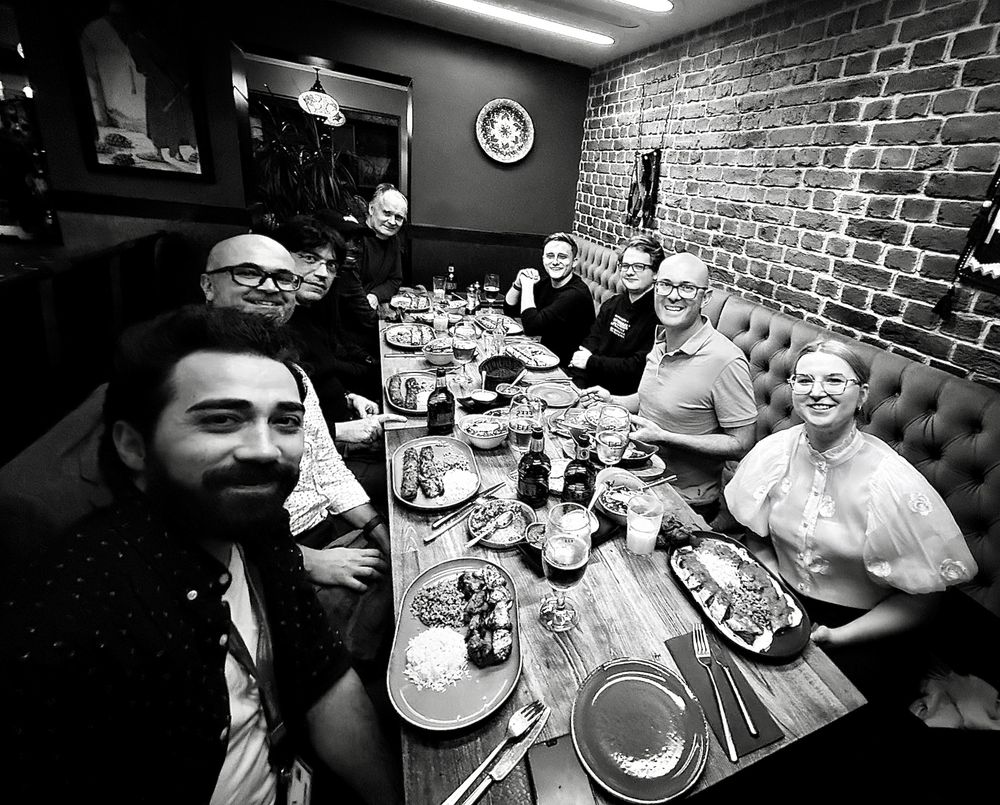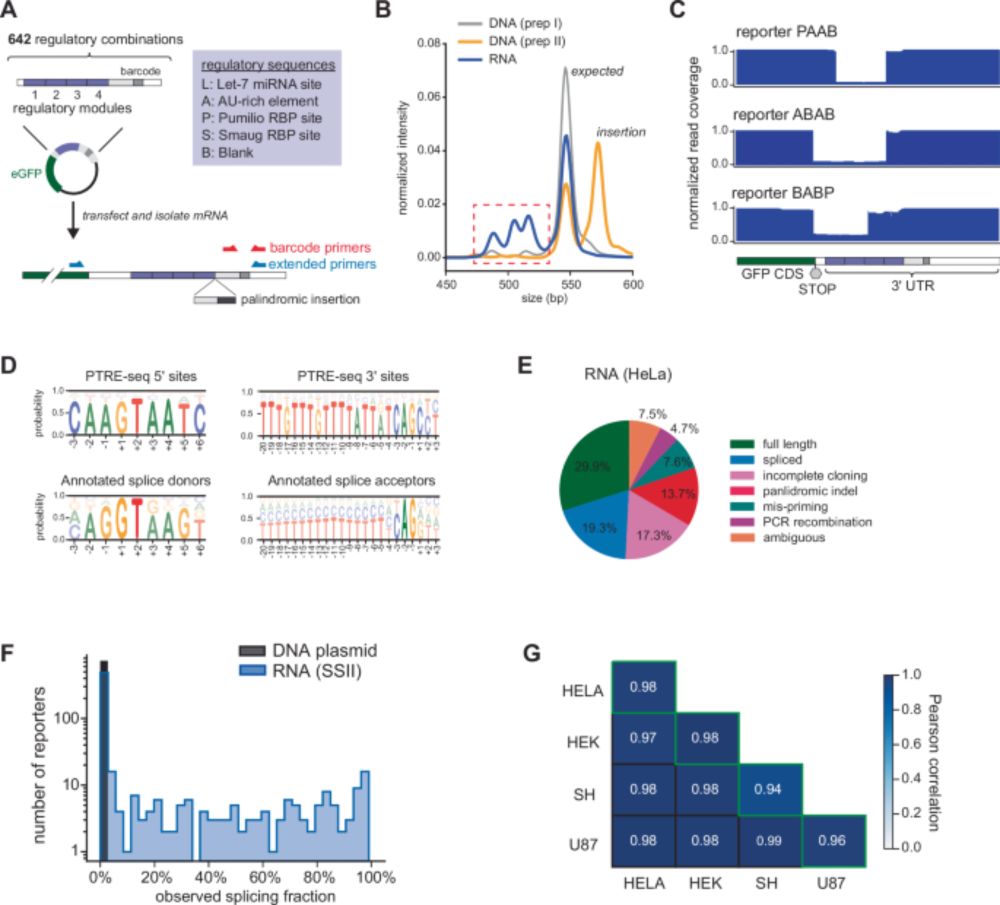
RNA.
https://www.dundee.ac.uk/people/gordon-simpson






Hear from the 2025 Philip N. Benfey Arabidopsis Community Lifetime Achievement Awardees! bit.ly/naascawards
@plantevolution.bsky.social

Hear from the 2025 Philip N. Benfey Arabidopsis Community Lifetime Achievement Awardees! bit.ly/naascawards
@plantevolution.bsky.social
www.biorxiv.org/content/10.1...

www.biorxiv.org/content/10.1...
plos.io/3VjfjWI

plos.io/3VjfjWI

A great collaboration with @kurianlab.bsky.social that began with how an RBP (QKI) controls cardiomyocyte function, and led to uncovering a unique mechanism of direct interaction with U6 & the tri-snRNP at weak 5'SS

A great collaboration with @kurianlab.bsky.social that began with how an RBP (QKI) controls cardiomyocyte function, and led to uncovering a unique mechanism of direct interaction with U6 & the tri-snRNP at weak 5'SS
www.biorxiv.org/content/10.1...

www.biorxiv.org/content/10.1...

I am so impressed with the quality and collegiality of these colleagues. I’m not on the committee, but I’m happy to answer questions as I can.
Join us and be part of shaping the future of #plantscience at Oxford as we move to the new Life and Mind Building lifeandmind.web.ox.ac.uk/home (recognised for its potential to change the World edition.cnn.com/2025/01/01/s...) @biology.ox.ac.uk www.biology.ox.ac.uk
I am so impressed with the quality and collegiality of these colleagues. I’m not on the committee, but I’m happy to answer questions as I can.
www.science.org/doi/10.1126/...

www.science.org/doi/10.1126/...
- We identified nearly 60 conserved RNA structures in plastids #chloroplast #RNA
- We found that transcriptional response to warm temperatures in whole seedling is confounded by response at organ level #thermomorphogenesis
Link to both preprints below

- We identified nearly 60 conserved RNA structures in plastids #chloroplast #RNA
- We found that transcriptional response to warm temperatures in whole seedling is confounded by response at organ level #thermomorphogenesis
Link to both preprints below
The ten dollar proteome: low-cost, deep and quantitative proteome profiling of limited sample amounts using the Orbitrap Astral and timsTOF Ultra 2 mass spectrometers www.biorxiv.org/cont...
---
#proteomics #prot-preprint

The ten dollar proteome: low-cost, deep and quantitative proteome profiling of limited sample amounts using the Orbitrap Astral and timsTOF Ultra 2 mass spectrometers www.biorxiv.org/cont...
---
#proteomics #prot-preprint
Dr. Gaillard was an unpaid scientist at CERN for more than a decade, & the first woman physicist hired & tenured at Berkeley:
www.nytimes.com/2025/07/31/s...

▶️ Watch the full video here: www.youtube.com/watch?v=pQC8...
▶️ Watch the full video here: www.youtube.com/watch?v=pQC8...
www.nature.com/articles/s41...
Was fun to write this piece with Dina Hochhauser!
Here is a thread to explain the premises
1/

www.nature.com/articles/s41...
Was fun to write this piece with Dina Hochhauser!
Here is a thread to explain the premises
1/

www.nature.com/articles/s41...

www.nature.com/articles/s41...
@hhu.de @crg.eu @embl.org @impvienna.bsky.social

@hhu.de @crg.eu @embl.org @impvienna.bsky.social
I’m thrilled to share our new paper (Wolin et al., Cell 2025).
This paper describes SPIDR, a high-throughput method for mapping RBP binding sites.
By combining #SPIDR with #cryoEM, we identified the exact binding site of LARP1 within the #mRNA channel of the 40S ribosomal subunit.
www.biorxiv.org/content/10.1...

www.biorxiv.org/content/10.1...

